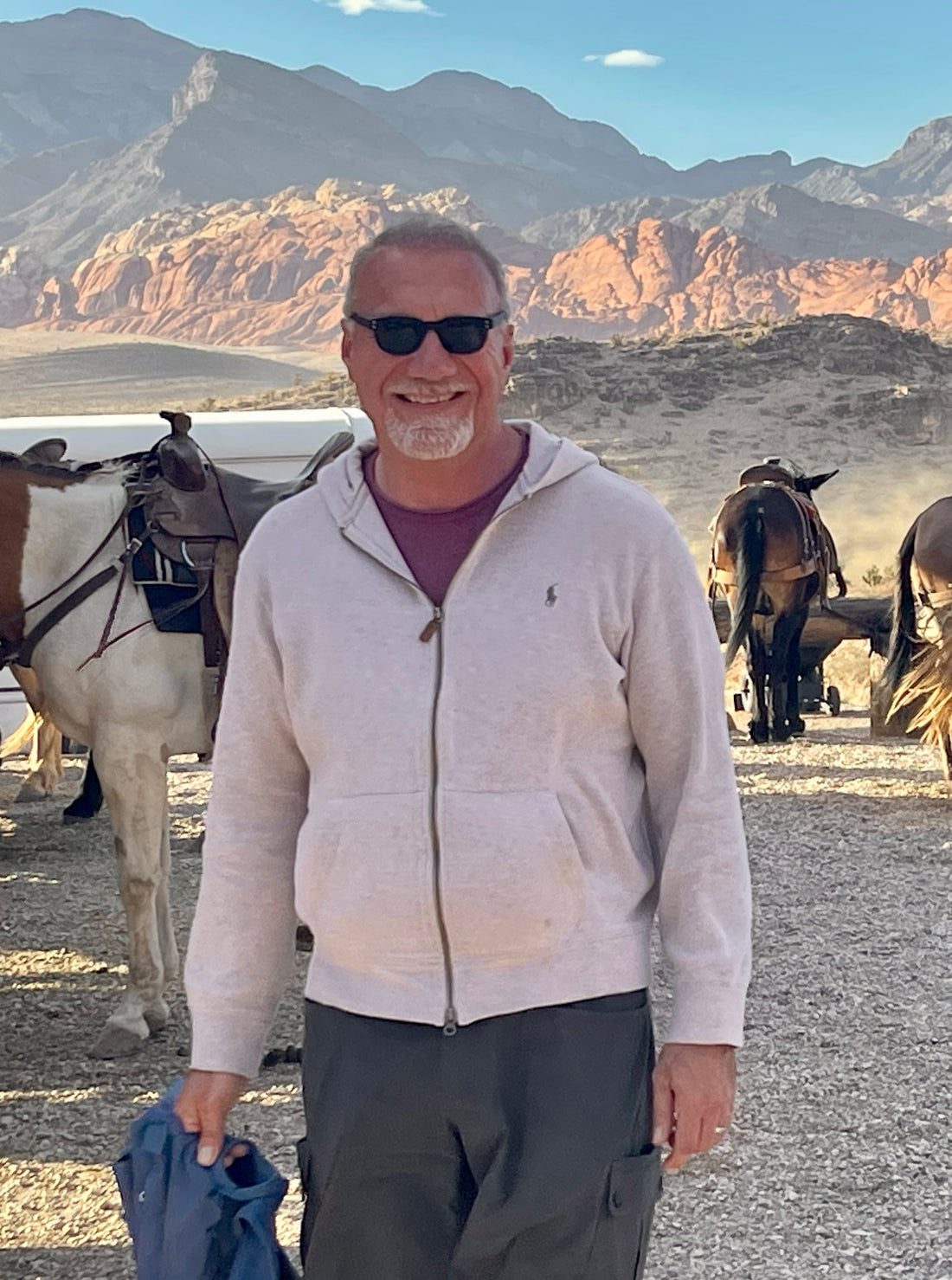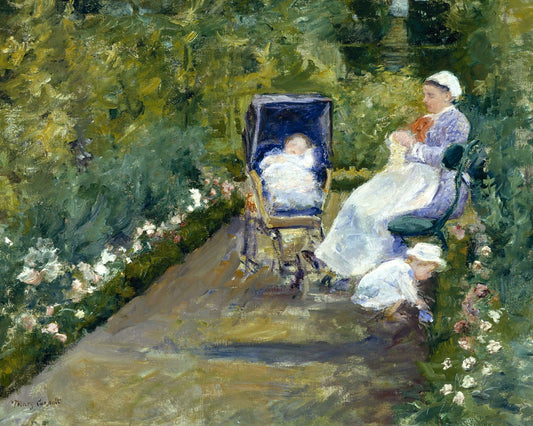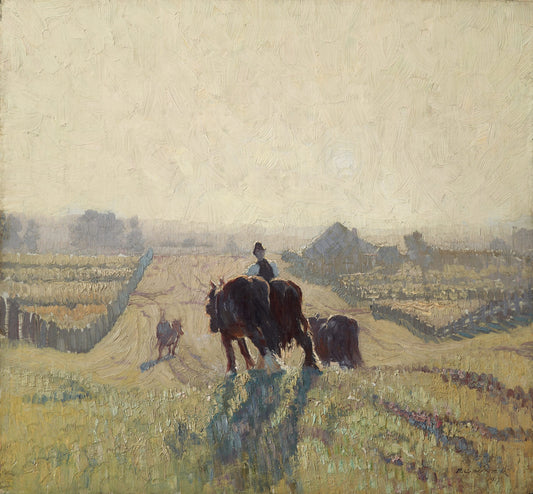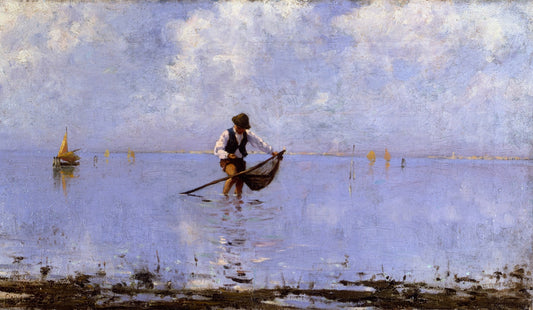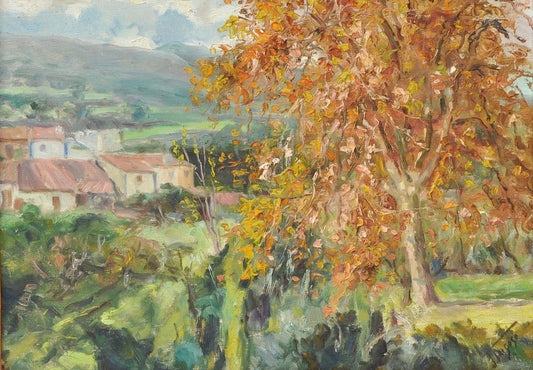This is the twenty-sixth in our series of emails called “How I Monk.” In this series, we will be highlighting + celebrating members of the Monk Manual community as they’ve meaningfully applied our tools and resources to find peaceful being and purposeful doing in their everyday lives. If you’d like to be featured in a future “How I Monk,” share your information with us here… #HowIMonk
Name: Randy Kobat
Occupation: Executive
Website: https://www.linkedin.com/in/randykobat/
Location: Barrington, IL USA
A bit about who you are and how you spend your days:
What originally drew you to the Monk Manual?
Every year between Christmas and New Year’s, I pause to reflect on the past year and set intentions for the year ahead. After the intensity of 2020 and months of sheltering in place, I yearned for deeper meaning in my goal-setting routine. A pivotal Google search led me to the Monk Manual and its transformative philosophy of blending "Being and Doing." Intrigued by the simplicity yet profound potential for life-change, I committed to the Monk Manual's 90-day experience—and it turned out to be the last time I bought just one planner!

Practical Monk Manual Tip:
Inspired by the Monk Manual’s structure, I've implemented its rhythm into managing my company's leadership team, influenced by Patrick Lencioni’s "Death by Meeting." Our quarterly offsite mirrors the 90-day reflection and forward-looking strategy; our monthly sessions are strategic, aligning with the Monk Manual’s Monthly pages. Weekly meetings tackle immediate goals, akin to the Monk Manual’s Weekly pages, and daily 15-minute stand-ups echo the Monk Manual’s Daily pages, ensuring alignment and intentionality. The results are so impactful that many on my team have adopted the Monk Manual themselves.
When you were first getting started, what part of the Monk Manual did you struggle with most?
Initially, crafting monthly themes challenged me. Distilling the complexities of life into a clear, intentional focus each month required deep introspection. Eventually, I connected this practice to insights from a StrengthsFinder assessment taken during a leadership course. By aligning my monthly themes with my core strengths, the Monk Manual helped me see practical ways to serve my family and team daily, especially through the morning prompt, "Ways I Can Give."

Do you have a favorite prompt or section?
"One Change I Can Make Next Week" profoundly impacts me each time I engage with it. It encourages me to sift through the busyness of life and identify one simple, meaningful action. Often, it's as straightforward and impactful as "calling Mom to check in." This prompt continuously reminds me of life's most valuable priorities.
.
How has your life changed since using the Monk Manual?
I've long been drawn to planners, but prior systems often left me feeling like a “human doing” rather than a “human being.” The Monk Manual's focus on both "Being and Doing" re-centered my approach to life. Today, my planning is more balanced and intentional, enriching my roles as a husband, father, and grandfather. It has transformed my focus from merely completing tasks—like planning the next vacation or purchasing gifts—to deeply being present and connected in every moment.

What suggestions would you give to new Monk Manual users?
While traditional planning methods may efficiently tick off tasks, the real transformative power of the Monk Manual lies in its "Being" sections. Initially, these might feel unconventional or even challenging. However, leaning into these sections and embracing the reflective, intentional aspects of being has profoundly enriched my life. Remember, accomplishing great things isn’t just about what you do—it’s deeply rooted in how you choose to show up and be.

If you’d like to be featured in a future “How I Monk,” share your information with us here.
